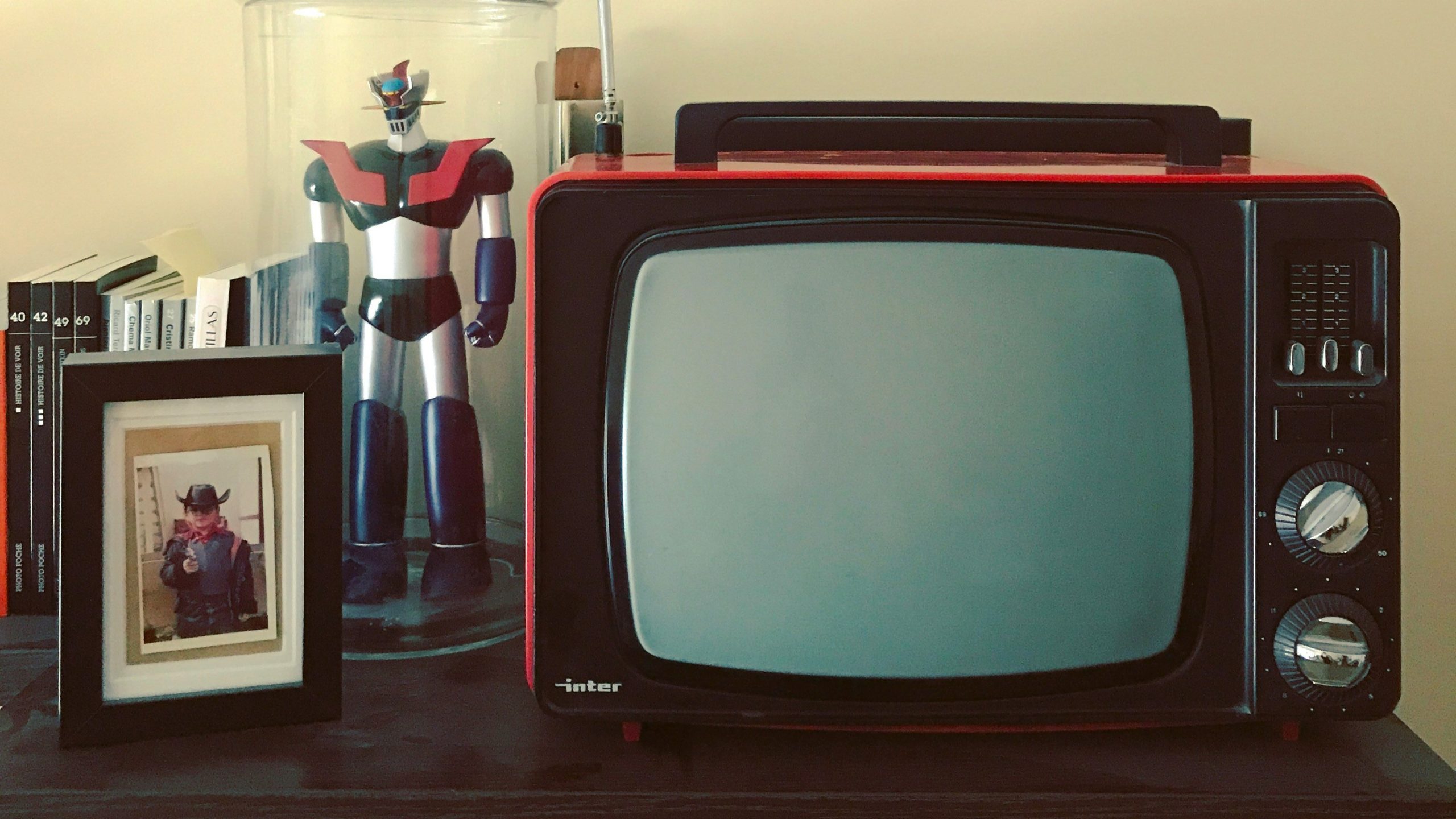The ability to achieve fame used to be limited to the largest brands
If you weren’t being talked about at the office water cooler, you weren’t being talked about. By definition, brand fame means ‘communicating with mass audiences’ with ‘universal meaning’, according to Marketing Society analysis. This thinking has its roots in Byron Sharp’s How Brands Grow, which asserts that ‘mass exposure’ is the only way to lodge your brand into someone’s brain. In other words, something isn’t famous unless your mum knows about it.
But the world has changed, and the office water cooler has made way for Discord. The media landscape is now five times more fragmented than it was in 2000 when Byron Sharp conducted his research. As mass markets have clustered into communities, the link between ‘scale’ and ‘fame’ is becoming broken. From PewDiePie to Addison Rae, it’s possible for a brand to be incredibly famous within one community and completely unknown to another. The same opportunity exists for smaller consumer brands to become just as famous as bigger brands — within the specific communities they are built with.
By reinventing the classic fame playbook and reinventing it for a fragmented media world, smaller ‘insurgent’ brands are driving a marketing revolution. And eating big brands’ lunch in the process.
In 2023 an astonishing 20% of the incremental growth in FMCG was driven by the smallest 2% of brands. This is even more extreme in beverages, where the smallest 3.4% of the market (including social-first brands like Prime) punched 10 times above its weight, to drive 35% of the total growth. We’re now seeing the cost of mass media skyrocket as the number of opportunities diminishes to reach a large audience in one hit. This means that even the biggest brands will need to start learning how to apply this fragmented version of fame. At Iris, we’ve turned to data from our Participation Brand Index, to learn how smaller brands like Glossier or Dash Water are punching above their weight by reinventing the rules of brand fame:
1. Go big in the niches
In one way, Byron Sharp’s rules about the importance of scale persist. For me to remember and ultimately choose a brand, it can’t be marginal in my life. It needs to feel big. Everywhere I turn (digital and IRL) I should witness other people enjoying the brand. But thanks to the fragmentation of media, a brand can feel big in my bubble and in my communities without it penetrating everyone else’s bubble. The more tightly defined the community or fandom, the greater the opportunity to achieve this.
2. Be seen in the right places
As any celebrity will tell us, fame is achieved as much by where you show up as what you do. Brands need to innovate in where they appear as much as how they appear. This could be a new route to market, or through a surprising collab like Crocs and 7 Eleven.

3. Act Kardashian
This one probably goes without saying, but when every person and every brand is trying to get famous, you can only outdo them with irreverence, audacity and a bit of experimentation. We recently gave Pizza Hut a Kardashian moment when the brand began its head turning sponsorship of Dominoes (or to be precise, the 2024 World Championship Domino Tournament). If in doubt, turn to Charli XCX’s recent list of possible marketing tactics.
4. Harness people power
Recommendation sits at the heart of fame. For me to think a brand is famous, I need to believe that other people think the same. Our recent Participation Brand Index showed that 54% of under 35s have now switched brands because of a recommendation they experienced through social media. Ideas that build brand fame will always start with social currency.
5. Always be on it
The modern fame game doesn’t sleep. In our recent ‘Era of live’ research, 70% of Gen Z claimed that any idea is out of date within four weeks. It’s vital to build a marketing operation who are constantly creating resonant and relevant content for the communities they seek fame within.
Now for the bad news. There are no guarantees when it comes to fame. Even if a brand ticks all the boxes above, not everything they do will catch fire. Participating in the fame game means accepting that every activation is a calculated risk. This is why so many marketers are still hooked on the ‘certain returns’ that come from pure persuasion-based advertising. But the returns on this investment are only going to keep diminishing. According to Harvard Business Review, the cost of buying attention has multiplied nine-fold since 2000.
We’re in the Participation Era now, where the only cost-effective route to attention is to earn it. The smaller brands which are punching above their weight have shown us that the rewards are well worth the risk. Is it time for your brand to start playing the modern fame game?
Featured image: Reuben Mansell / Pexels





























